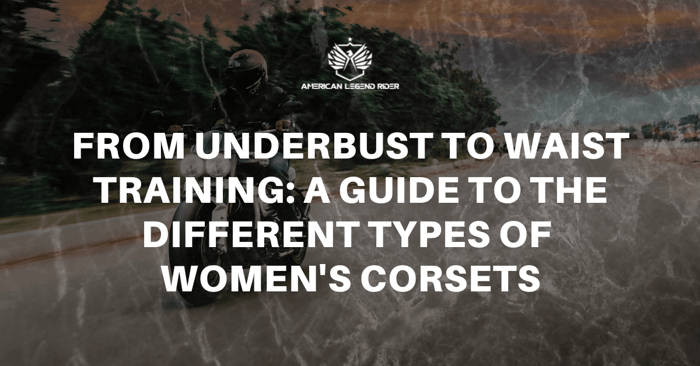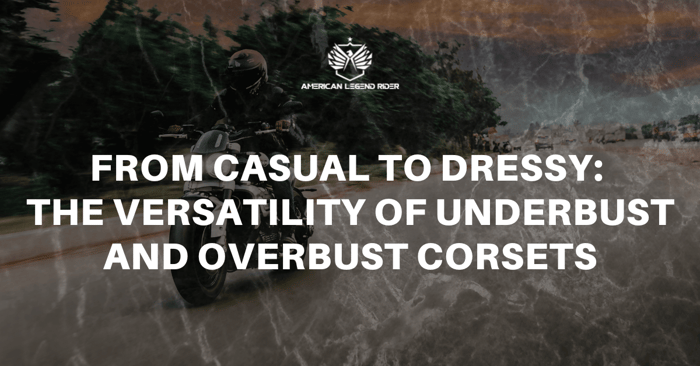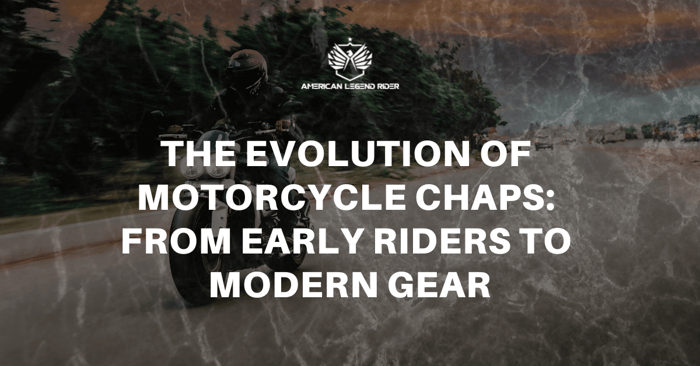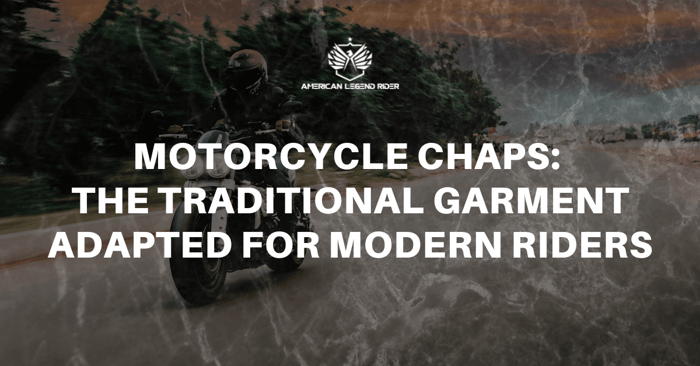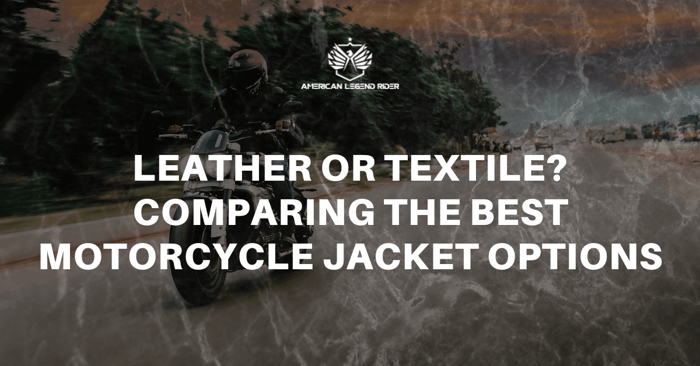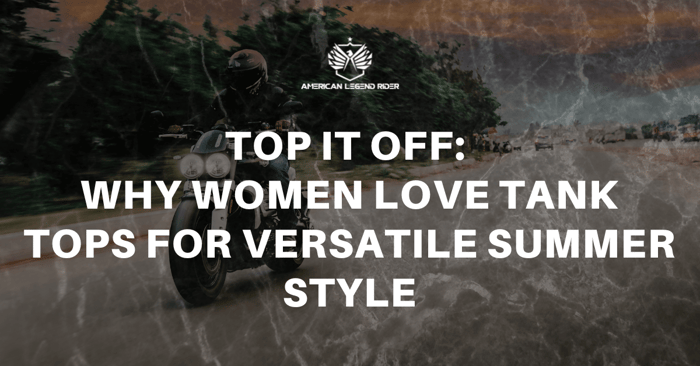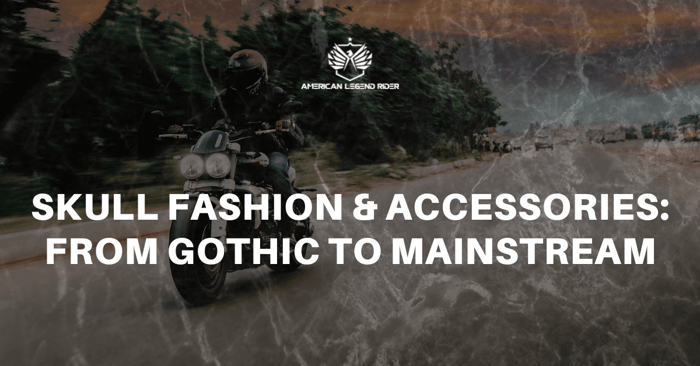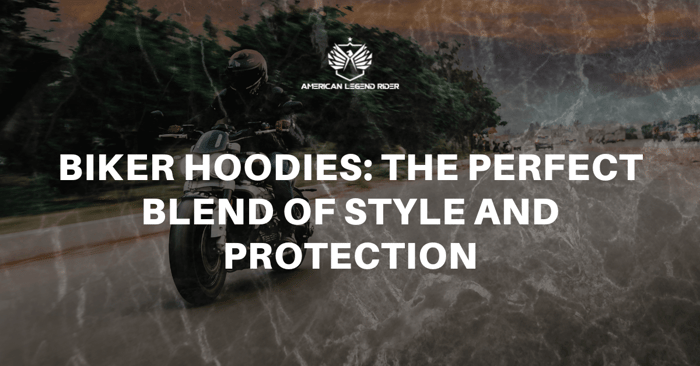A corset is a type of garment worn to shape and support the torso, typically featuring stiffened panels and lacing in the back. Historically, corsets were primarily worn by women as undergarments, but today they can also be used as outerwear or as a fashion accessory.
In this article, we will focus specifically on women's corsets, exploring their history, function, and modern-day use.
Women have worn corsets for centuries, even as far back as the 16th century. Corsets were initially created to support the bust and enhance posture, but over time they evolved into a representation of femininity and a way to emphasize the hourglass figure that was then thought to be attractive.
Corsets were created to severely compress the waist during the Victorian era in the 19th century, and they occasionally led to health issues for women who wore them for long periods of time.
Corsets lost popularity in the early 20th century as fashion moved toward more relaxed and natural silhouettes. For formal events or special occasions like weddings, some women still chose to wear them.
The function of Women's Corsets
A women's corset's main purpose is to support and shape the torso. Typically, corsets have panels that are stiffened and made of materials like steel or whalebone that are intended to hold the body in a specific shape.
Corsets can support the back and enhance posture in addition to shaping the body. Since corsets can help create a feminine silhouette, some women also claim to feel more empowered and confident when wearing them.
Modern-Day Use of Women's Corsets
Instead of being used as functional undergarments, women's corsets are frequently worn as a fashion accessories today. They are available in a wide range of designs and hues and can be made from a variety of materials, such as silk, satin, leather, and lace.
Corsets are frequently worn by women as accessories or as part of cosplay costumes, though some also wear them as part of their regular attire. Corsets can be layered under a blazer or cardigan or worn as outerwear with a skirt or pair of pants.
Corsets have seen a resurgence in popularity in recent years as more women turn to them to embrace their femininity and feel more secure in their bodies. Corsets should only be worn sensibly and for brief periods of time, as they can become uncomfortable and even unhealthy if worn for extended periods of time or too tightly.
A functional undergarment with a long and fascinating history as a fashion accessory and a representation of femininity, women's corsets are still used today. Corsets continue to arouse fascination and interest among women who value their distinctive and timeless beauty, even though they may not be worn as frequently as they once were.
Although they are no longer regarded as appropriate for everyday wear, corsets are still widely used for formal occasions like weddings. We'll look at a few of the various kinds of corsets that are available for women in this article.
Underbust Corsets
Underbust corsets are made to fit snugly beneath the bust line and support and shape the hips and waist. They can be worn either underneath or as an outer layer of clothing. There are many different types of underbust corsets, such as Victorian, Gothic, and Steampunk.
Underbust corsets are frequently constructed from supple and supportive materials like steel boning and a mix of fabrics like cotton, satin, or leather. They can be worn for fashion or waist training, which entails progressively tightening the corset over time to produce a smaller waistline.
Underbust corsets come in a range of designs, from classic Victorian styles with back and front lacing to more contemporary styles with hooks and zippers for convenience. They might also have decorative accents like lace, embroidery, or beading, as well as different colors and patterns.
It's critical to choose an underbust corset that fits properly and is comfortable to wear. A properly fitted corset should offer support and shape without impairing breathing or causing discomfort. It's also crucial to break in a new corset gradually by beginning with shorter wear times and extending them over time.
Overbust Corsets
Overbust corsets are made to support and shape the waist, hips, and bust while covering the bust. They come in a variety of styles, such as Victorian, Edwardian, and modern designs, and are frequently worn as outerwear.
In order to compress the waist and give the torso a more curved shape, the corset is meant to be worn tightly laced. Overbust corsets are available in a variety of designs, such as Victorian, Edwardian, and modern styles, and they can be adorned with lace, ribbon, embroidery, or other ornaments.
In order to add extra support and shape under clothing, overbust corsets can be worn as an outer garment, paired with a skirt or pants, or as an undergarment. They can be worn for practical reasons like back support or postural correction or for fashion reasons like cosplay or historical reenactment.
It's important to remember that overbust corsets, like all corsets, should only be worn under proper fitting instructions and with caution. In order to ensure a proper fit and safe wearing, it is important to speak with a professional corset maker or fitter. Tight lacing can be uncomfortable, restrict breathing, and even cause health issues.
Waist Training Corsets
By wearing a waist training corset consistently over time, the waist can be shaped and reduced in size. They have steel bones for support and are constructed from sturdy, strong materials. Overbust or underbust corsets are used for waist training, and they are frequently worn throughout the day for several hours.
Waist training corsets, also known as waist cinchers or waist trainers, are specially-made corsets that are worn repeatedly and for an extended period of time to reshape the waistline
It's important to understand that waist training corsets should only be used in conjunction with a healthy lifestyle and not as a replacement for a balanced diet and regular exercise. It can be uncomfortable and possibly restrict breathing to wear a waist training corset for long periods of time, so it's crucial to pick one that fits properly and is made of breathable materials.
Corsets for waist training come in a variety of designs, including classic lace-up styles and more contemporary styles with hooks or zippers for more convenient wear. Additionally, they can be adorned with different adornments like lace, embroidery, or beadwork. It's crucial to pick a waist training corset size that fits comfortably and offers the desired level of compression without exacerbating pain or discomfort.
Fashion Corsets
Rather than being created for support or shaping, fashion corsets are created for aesthetic reasons. They come in a variety of designs and colors and are frequently made from light materials like lace or silk.
Longline Corsets
Longline corsets are made to extend down over the hips and give the waist, hips, and thighs shaping and support. They can be overbust or underbust and are frequently worn as undergarments.
Bridal Corsets
Weddings and other formal occasions call for the use of bridal corsets. They come in a variety of styles, from plain and understated to elaborate and ornate, and are frequently made from white or ivory satin and lace.
Steampunk Corsets
Steampunk corsets are created with a Victorian-inspired design that has a futuristic twist. They come in a variety of colors and styles, frequently with leather detailing and metal accents.
Steampunk corsets frequently have a tight-lacing design that draws attention to the waist and produces a striking hourglass figure. Additionally, they might have brass or copper closures and be adorned with gears, clockwork motifs, or other things that have an industrial-era aesthetic.
Even though steampunk corsets are frequently worn for fashion reasons, they can also be used to support the back and enhance posture. They are frequently worn as a component of steampunk costumes or ensembles, which frequently include other items of clothing and accessories with a Victorian or industrial design, like goggles, top hats, and bustle skirts.
Overall, steampunk corsets are a distinctive and eye-catching fashion option that perfectly encapsulates the blending of retro and futuristic styles.
Gothic Corsets
Gothic corsets feature lace, leather, and metal accents and are created in a dramatic, dark design. They are available in a variety of styles, from plain and understated to ornate and elaborate.
The constrictive and uncomfortable designs of the past have given way to the more functional and comfortable corsets of the present. This article will examine the manufacturing process for women's corsets.
Materials Used to Make Corsets
The components used to make corsets have evolved over time. Whalebone or steel boning was traditionally used to make corsets, giving the garment its rigid structure. Today, a variety of materials, such as plastic boning, spiral steel boning, and flat steel boning, are used to create corsets. A corset's flexibility, toughness, and all-around comfort will depend on the kind of boning that is used in it.
Another crucial component of corset construction is the fabric. Coutil, a cotton fabric made specifically for corsetry, is a common example of a strong, long-lasting fabric used to make corsets. Satin, silk, and brocade are additional materials used to make corsets; they are frequently used as the outermost decorative layers.
The Process of Corset Making
Depending on the designer and the type of corset being made, the corset-making process can vary. The process does, however, generally involve a few standard steps.
Designing the corset and making a pattern are the first steps in the corset-making process. The intended corset use, the desired silhouette, and the wearer's measurements will all be taken into account by the designer. Typically, the pattern is created using muslin or paper.
Cutting: After the pattern is finished, the fabric is cut using the pattern as a guide. To make a sturdy and long-lasting corset, the fabric is frequently cut in multiple layers.
The corset's boning will now be inserted in the following step. Usually, to accomplish this, channels are sewn into the fabric, and the boning is then inserted into the channels. In order to keep it from piercing the fabric, the boning is typically cut to the desired length and tipped with plastic or metal.
Seaming: The corset is stitched together after the boning has been inserted. In order to create the corset's final shape, involves sewing the fabric panels together.
After the corset is put together and seamed, it is usually fitted to the wearer. This enables the designer to make any alterations required to guarantee a perfect fit.
Finishing is the last stage of corset construction. This entails adding any required fasteners, like hooks and eyes or a busk, as well as any ornamental components, like lace, ribbon, or beading.
Today, corsets are made with a variety of materials and methods to produce a functional garment that is comfortable and appropriate for many different settings. The art of corset making still requires skill and attention to detail, whether you're looking for a vintage Victorian corset or a contemporary waist trainer.
Since ancient times, corsets have been a widely worn item that can be used for a number of body-shaping and fashion purposes. But wearing a corset can have negative effects on your health, especially if you do it frequently or for a long time. We'll look at a few of the corset-related health effects in this article.
Breathing problems
Proper breathing can be challenging when wearing a corset, especially if the corset is tightly laced. The rib cage may be compressed by the corset's pressure, which can make it challenging for the lungs to fully expand and contract. Breathing difficulties, lightheadedness, and even fainting may result from this.
Digestion problems
Digestive problems can also result from wearing a corset, especially if it is done so right after a substantial meal. Uncomfort, bloating, and even nausea can result from the corset's pressure on the stomach and intestines. Wearing a corset over time may cause more severe digestive problems like acid reflux and constipation.
Muscle-Skeletal Issues
The musculoskeletal system may also be affected by corset use. Particularly if the corset is worn for an extended period of time, the pressure of the corset can put strain on the back muscles. Back pain and other musculoskeletal issues may result from this.
Nerve and Skin Damage
Skin and nerve damage can also result from wearing a corset too tightly. Particularly where the corset sits at the waist, the pressure of the corset can irritate skin. In severe cases, the corset's pressure can harm the nerves, resulting in tingling or numbness in the lower back and waist.
Compressing an organ
Additionally, the organs, particularly the liver and kidneys, can be compressed when wearing a corset. This can harm these organs in the long run and even hasten the formation of kidney stones.
While corsets can be a helpful tool for achieving a desired body shape or fashion look, if worn frequently or for an extended period of time, they can also have serious health consequences. Possible health effects of wearing a corset include breathing problems, digestive problems, musculoskeletal issues, skin and nerve damage, and organ compression.
It's crucial to wear a corset safely and to be aware of any possible health effects if you decide to do so. It's also crucial to pay attention to your body and take the corset off if you feel any pain or discomfort.
Selecting the Correct Corset
Selecting the ideal corset for your body is the first step in wearing one. A corset should be comfortable to wear but not restrict breathing or cause discomfort. It should also be the proper size for your measurements and body shape. It's crucial to take into account the corset's boning style, as various styles will offer varying degrees of support and flexibility.
Setting the Corset's Laces
It's time to lace up the corset once you've selected the best one. This can be a little challenging, especially if you've never worn a corset before. How to lace a corset is as follows:
Work your way up the corset starting at the bottom.
Pulling the laces tight as you go, cross the laces at the bottom and work your way up.
Tie a knot in the laces to keep them in place once you've reached the top of the corset.
Verify that the corset is snug but not overly so. You ought to be able to breathe easily and move around without difficulty.
Your Corset is On
It's time to put your corset on after it has been laces up. Following are some pointers for donning your corset:
Under your corset, put on a thin layer of clothing. Your skin will benefit from this protection, and it will also be more comfortable to wear.
Make necessary adjustments to the corset so that it fits comfortably. The waistband should be snug but not too tight.
If you are wearing a corset with straps, make sure the straps are set up to be secure and comfortable.
If you're wearing a corset, make sure to sit and stand up straight. This will make it easier to make sure that it is giving your body the right support and shaping.
If you begin to feel uncomfortable or hurt, stop wearing your corset for a while.
A corset can be a great way to get the body shape or fashion look you want. To make sure it is both comfortable and effective, you must pick the corset that is best for your body type and wear it properly. You can take advantage of the advantages of wearing a corset while reducing any potential discomfort or health risks by paying attention to these suggestions.
Since the 16th century, corsets have had a long and fascinating history. Men and women wore corsets to support and shape their bodies at first. But by the 18th century, corsets had largely become a woman's item worn to accentuate a fashionable figure.
Traditionally, corsets were laced tightly around the waist to create an hourglass shape and were constructed from stiff materials like steel or whalebone.
Women were expected to wear corsets constantly during the Victorian era, and they were frequently fastened so tightly that they prevented proper breathing or even caused fainting. Early in the 20th century, corsets started to lose favor as women started to demand more freedom and comfort from their clothing.
The popularity of the hourglass figure and the rise of pin-up culture in the 1950s, however, led to a corset renaissance. Corsets are still worn for both aesthetic and practical reasons today, with many women opting to include them in their regular wardrobe or to wear them as a statement piece on special occasions.
Despite having a lengthy and complicated history, corsets are still divisive items of clothing in modern fashion. Corsets, according to some, give women the power to control and shape their bodies however they see fit. Others contend that corsets encourage stultifying beauty standards and are oppressive.
Regardless of where you stand on this issue, it is evident that corsets are still a common and useful item of clothing in modern style. Corset-inspired clothing continues to be produced by many designers, including structured bodices and lace-up accents.
In the end, wearing a corset is a personal choice, and each woman has the right to determine what looks good on her and how she wants to dress. Making decisions about corset wear, however, requires knowledge because they may be harmful if not worn properly.
If you decide to wear a corset, make sure it is properly adjusted and not too tightly laced because doing so can harm your organs and impair breathing. To give your body time to heal, it's also crucial to take breaks from wearing a corset.
In conclusion, corsets continue to be a popular item in modern fashion despite their complicated and frequently contentious history. It's critical for women to make educated decisions about their appearance and bodies, and to embrace the clothing that gives them a sense of empowerment and self-worth.
